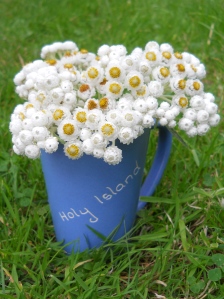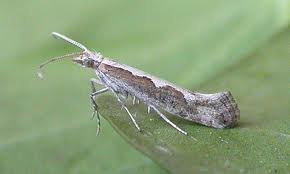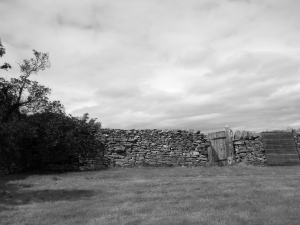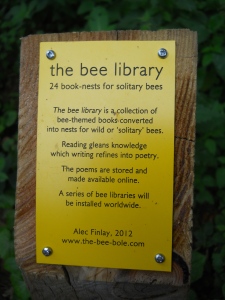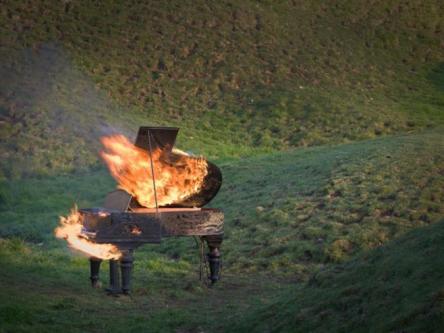End of Year Show
To forget how to dig the earth
and tend to the soil
is to forget ourselves.
Mahatma Gandhi
(1869-1948)
A year ago, recovering from an operation, I started this blog as a suitable activity for a convalescent. Once I’d mastered the technology (which is actually ongoing…), it quickly became a source of pleasure – a way of ‘writing’ when I couldn’t write, a counterpoint to the deep immersion of poetry, somewhere to gather and share my thoughts and photos of plants and gardens. I’ve really appreciated the folk who follow this blog and those who’ve posted comments. Lots more have told me personally how much they enjoy getting an announcement in their inbox. One person said reading my blog was like stepping off a very crowded train and finding herself in a garden. The internet is indeed a very crowded train…
…And not that I want to add to the mess and clamour but I am now gearing up to starting a brand new blog. Some of you will have noticed that my recent posts have had a liminal quality to them – I have been very aware of being on the verge of change, doing something different. I have an innate horror of anything becoming over-familiar and going stale – whether it’s your writing or your life, it always seems to me the worst kind of danger.
The garden that is finished
is dead.
H.E. Bates
(1905-1974)
I’ve enjoyed the free-form miscellany of my postings so far and it’s been useful while I’ve acclimatized myself to the idea of a wider audience. Maths isn’t my forté but I calculated that I’ve had 25 times more readers than an average poetry collection in the past year. However last week I got the go-ahead to enable me to do some more garden-related research, supported by an Arts Council grant. As part of that exciting journey – exploring our relationship with plants via Botanic Gardens in this country and abroad – I will be writing a dedicated blog at poeticabotanica.wordpress.com and would be delighted if you decided to follow me there and offer comments on my progress. This site will remain accessible and I will continue to add work to the Anthology section. In fact new poems and pictures from Jill Arthey, Cynthia Fuller, Lesley Mountain and Tess Spencer are now available. Do click here to visit.
Last September I wrote about the Chrysanthemum Show at Hexham Cricket Club. To complete the circle, the pictures in this post are from Saturday’s Village Show in Corbridge. The Parish Hall looked wonderful, fresh and full of nature’s bounty. There was something touching about all the care that had gone into both the growing and the presentation of the flowers and vegetables. It was good too, after such a disappointing summer, to see the fruits of local gardeners’ labours and feel part of a deeper cycle, the rhythms of the seasons, which lately have been so disrupted.
Come quickly – as soon as
these blossoms open,
they fall.
This world exists
as a sheen of dew on flowers.
Izumi Shikibu
(970 – 1030)











